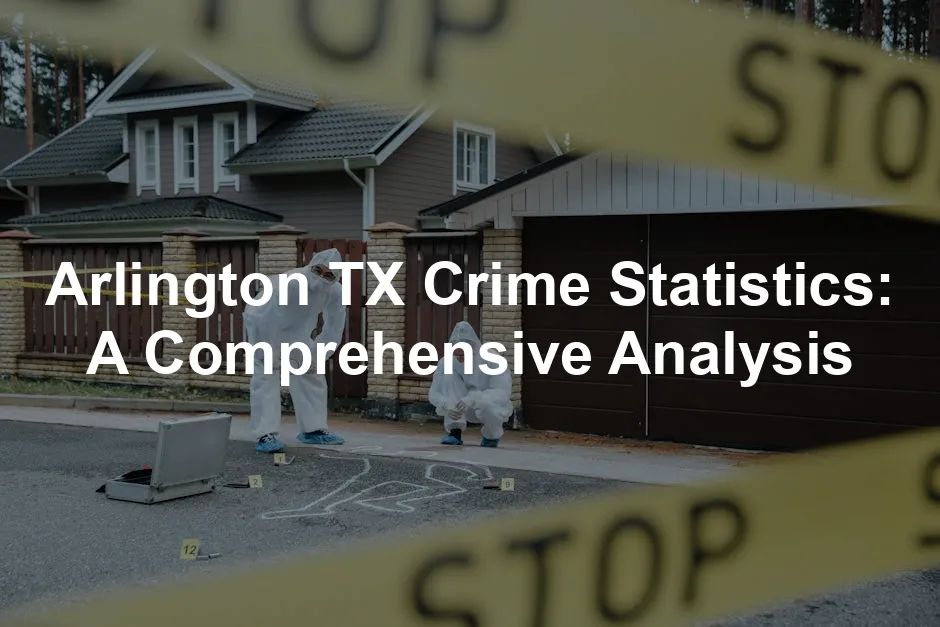Introduction
Arlington, Texas, sits snugly between Dallas and Fort Worth. It’s famous for its vibrant culture, sports venues, and growing economy. A city that’s both a tourist hotspot and a residential dream, Arlington has seen a surge in population and development. But with growth comes the inevitable question: how safe is it?
This article aims to offer a thorough examination of crime statistics in Arlington, TX, using the latest data available. We’ll explore the various types of crime affecting the city, compare these rates to state and national averages, and analyze trends over the years. Understanding crime statistics is crucial for residents, those considering a move, and policymakers alike. Knowledge is power, after all!
For residents, knowing the crime landscape helps in making informed decisions about safety and community involvement. Potential movers can gauge whether Arlington aligns with their safety expectations. Finally, policymakers can identify areas needing attention and resources to improve public safety. Let’s get to the heart of the matter: what do the numbers say about crime in Arlington?
Overview of Crime in Arlington
Current Crime Rates
Arlington has a unique crime profile. With a total crime rate of 31 incidents per 1,000 residents, the likelihood of becoming a victim is about 1 in 32. Sounds alarming? Let’s break it down.
The violent crime rate stands at 5.78 per 1,000 residents, with a chance of 1 in 173 of being affected. This includes serious offenses like murder, assault, and robbery. For context, the property crime rate is significantly higher at 25.44 per 1,000 residents, making the odds of being a victim about 1 in 39.
When we compare these figures to state and national averages, Arlington’s crimes appear slightly elevated. The Texas state average for violent crime sits at 4.32 per 1,000 residents, while the national median is 4 per 1,000. Property crime follows a similar pattern, with Texas averaging 23 crimes per 1,000 residents and the national average at 20.
In summary, while Arlington faces challenges, it holds its own against similar-sized cities. However, the statistics warrant a closer look to understand the factors contributing to these rates.

Historical Context
To truly grasp Arlington’s crime landscape, we must look back. Over the last few years, crime rates have fluctuated. For example, recent data reveals a slight decrease in total crime by about 3.2%. However, violent crime has seen a modest uptick of 0.1%, while property crime dipped by 3.9%.
Historically, Arlington’s crime rates have evolved with its population and economic changes. A decade ago, the violent crime rate was significantly higher, illustrating a downward trend in such offenses. Property crimes, while still prevalent, also indicate a gradual reduction from their peak years.
Understanding these trends is vital. They not only provide a snapshot of the current situation but also inform strategies for enhancing community safety. The key takeaway? Arlington is working towards a safer environment, and the community’s awareness plays a crucial role in that endeavor.
With a clearer picture of the crime scene, we can explore the specifics of violent and property crimes in Arlington. Stay tuned for a deep dive into these statistics and trends!

Crime Statistics Breakdown
Violent Crime in Arlington
Definition and Categories
Violent crime includes offenses that involve force or the threat of force. It primarily consists of four categories: murder, rape, robbery, and aggravated assault. Each of these crimes poses serious threats to individuals and communities, and understanding their prevalence helps gauge public safety.
Current Violent Crime Statistics
In Arlington, the violent crime rate stands at 5.78 incidents per 1,000 residents. Here’s a breakdown of the latest statistics for different types of violent crimes:
| Crime Type | Total | Rate per 1,000 |
|---|---|---|
| Murder | 16 | 0.04 |
| Rape | 344 | 0.87 |
| Robbery | 276 | 0.70 |
| Assault | 1,646 | 4.17 |
This means the chance of becoming a victim of violent crime is approximately 1 in 173. The numbers reveal that assaults are the most common violent crime in Arlington, significantly outpacing other categories.

Historical Trends
Comparing the current statistics with historical data reveals some interesting trends. Over the past decade, Arlington has experienced fluctuations in violent crime rates. For instance, the violent crime rate was much higher ten years ago, showcasing a gradual decrease. In 2018, the rate was approximately 444.98 per 100,000 population, compared to the current figure.
While the total number of violent crimes has decreased overall, there was a slight uptick of 0.1% last year, indicating that while progress is being made, challenges remain. Understanding these trends not only highlights improvements but also emphasizes areas where community efforts can focus.

Property Crime in Arlington
Definition and Categories
Property crime refers to offenses that involve the theft of property without the use of force or threat against the victim. This category includes burglary, larceny (theft), and motor vehicle theft. These crimes can significantly impact residents’ feelings of safety and community trust.
Current Property Crime Statistics
The property crime rate in Arlington stands at 25.44 incidents per 1,000 residents. Here’s a detailed look at the statistics for each category of property crime:
| Crime Type | Total | Rate per 1,000 |
|---|---|---|
| Burglary | 1,032 | 2.62 |
| Larceny (Theft) | 7,767 | 19.68 |
| Motor Vehicle Theft | 1,239 | 3.14 |
This data indicates that the chance of being a victim of property crime is about 1 in 39. Notably, larceny constitutes the bulk of property crimes, which may involve minor thefts, shoplifting, or pickpocketing.

Historical Trends
Over the years, property crime rates in Arlington have shown a decline. The property crime rate has dropped by 3.9% recently, which is encouraging. For instance, in 2019, there were significantly higher burglary incidents compared to today’s figures. This downward trend suggests that community safety initiatives and law enforcement efforts are making a positive impact.
In summary, while Arlington faces challenges with both violent and property crimes, the data indicates a concerted effort to improve safety. The community’s awareness and participation can play a significant role in further reducing these incidents. As we continue to analyze crime statistics, it becomes clear that understanding these numbers is essential for fostering a safer Arlington.

Crime Rate Comparison
Local vs. National
Let’s talk numbers! Arlington, TX, boasts a crime rate of 31 incidents per 1,000 residents. That sounds like a lot, right? But hang tight! When we stack Arlington against similar cities, it’s actually not that bad. For instance, the Texas state average for violent crime is 4.32 per 1,000 residents, while Arlington sits at 5.78. Nationally, the average is even lower at 4.
So, how does Arlington fare overall? While its crime rates appear elevated compared to the national average, it’s still lower than many cities of comparable size. Think of it this way: Arlington is like that friend who occasionally shows up late to a party but still brings the best snacks. It’s not perfect, but it’s doing alright!
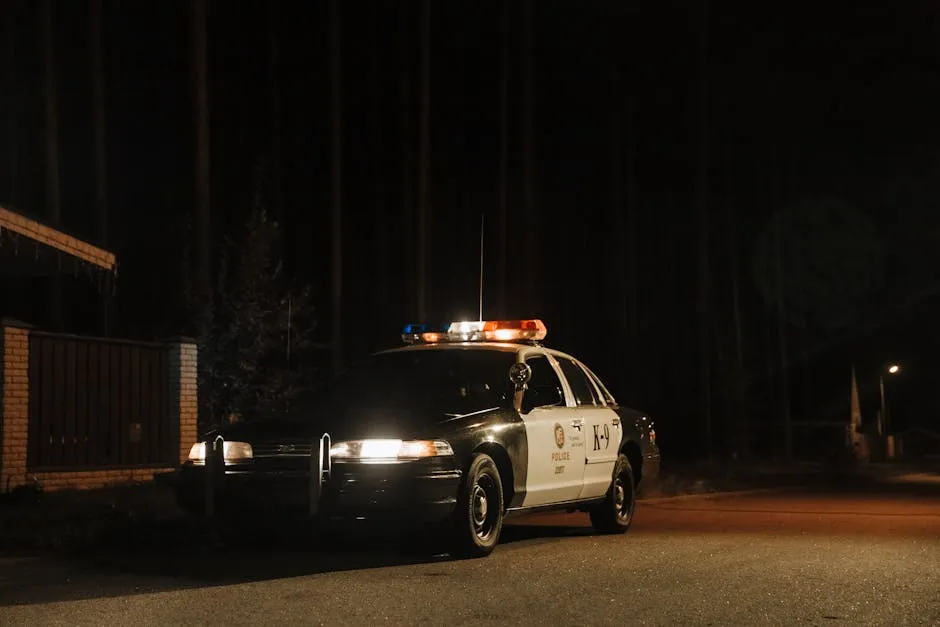
Neighborhood-Specific Crime Rates
Now, let’s zoom in on some popular neighborhoods. Arlington has a diverse range of communities, each with its own flavor of crime rates. For instance, Viridian tends to be on the safer side, boasting a lower-than-average crime rate. Residents there can enjoy their evening strolls without glancing over their shoulders too much.
On the flip side, neighborhoods like Fossil Lake see a bit more action when it comes to crime. While it’s still relatively safe, it might not be the ideal spot for those who prefer a more tranquil vibe.
Understanding these neighborhood crime rates helps residents and potential movers make informed decisions. After all, who wouldn’t want to find the perfect neighborhood to call home?

For added peace of mind, consider investing in a Home Security Camera System. It’s like having an extra pair of eyes, ensuring that you can keep an eye on your property while you binge-watch your favorite shows.
Factors Influencing Crime Rates
Economic Factors
Economic conditions significantly shape crime rates in Arlington. A tight job market often correlates with higher crime rates. Unemployment and poverty can push individuals toward illegal activities. Conversely, when the economy flourishes, crime tends to decline. It’s a bit like a seesaw: when one side goes up, the other tends to go down.
Statistics show that as economic opportunities increase, crime rates dip. For Arlington, this means that investments in local businesses and job creation could lead to improved safety for residents. If you’re looking to boost your home’s security while supporting local businesses, check out this Smart Door Lock. It’s a great way to secure your home without breaking the bank!

Population Dynamics
Population density also plays a critical role in shaping crime statistics. Arlington’s bustling environment, with over 400,000 residents, creates both opportunities and challenges. Higher density can lead to increased crime simply due to more interactions among individuals. It’s like a crowded party where some guests might not play nice.
Moreover, demographics matter. Areas with younger populations often see higher crime rates, especially violent crimes. Understanding the community’s makeup helps in targeting prevention efforts effectively.

Law Enforcement Practices
The effectiveness of local law enforcement agencies greatly impacts crime rates. Arlington Police Department has implemented various community safety initiatives, focusing on engagement and trust-building. Programs like neighborhood watch and community policing aim to reduce crime and enhance safety.
Police visibility and responsiveness also matter. Surveys show that many residents appreciate the police presence, feeling safer knowing there are officers nearby. However, others express concerns about response times. Bridging this gap can lead to a more secure environment. And if you’re ever in a sticky situation, having a Personal Safety Alarm can be a real lifesaver!
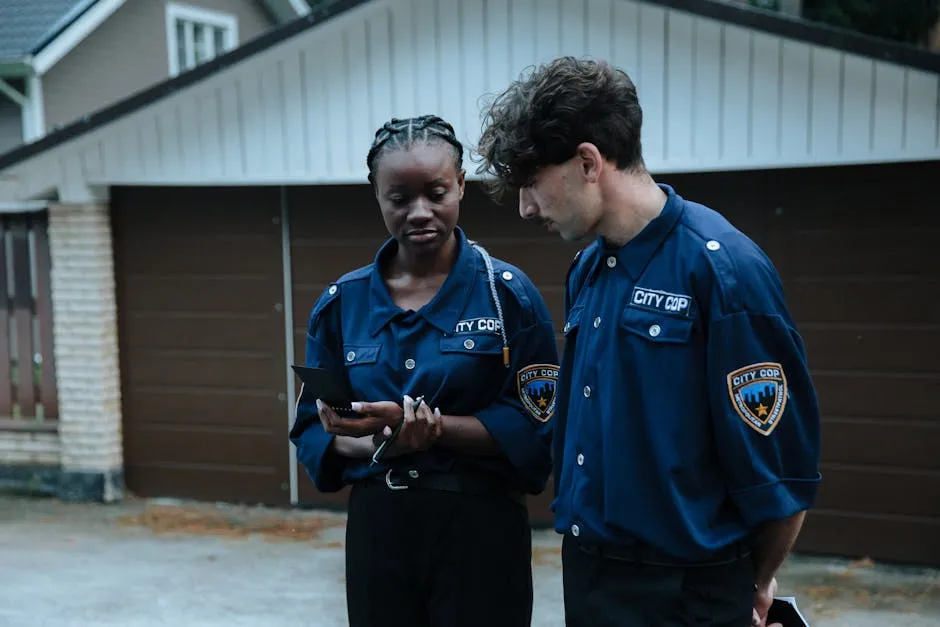
Community Sentiment
Community sentiment reflects the feelings of residents toward safety and law enforcement. Surveys indicate mixed feelings: about 36% of locals feel safe, while 64% express concerns about walking alone at night.
Trust in law enforcement is crucial. When residents feel connected to police efforts, they are more likely to report crimes and engage in safety initiatives. Building this trust is an ongoing journey worth embarking on for a brighter, safer Arlington.
In summary, multiple factors intertwine to influence crime rates in Arlington. Economic conditions, population dynamics, law enforcement effectiveness, and community sentiment all play vital roles. Understanding these elements equips residents and policymakers with the knowledge needed to foster safety and well-being.
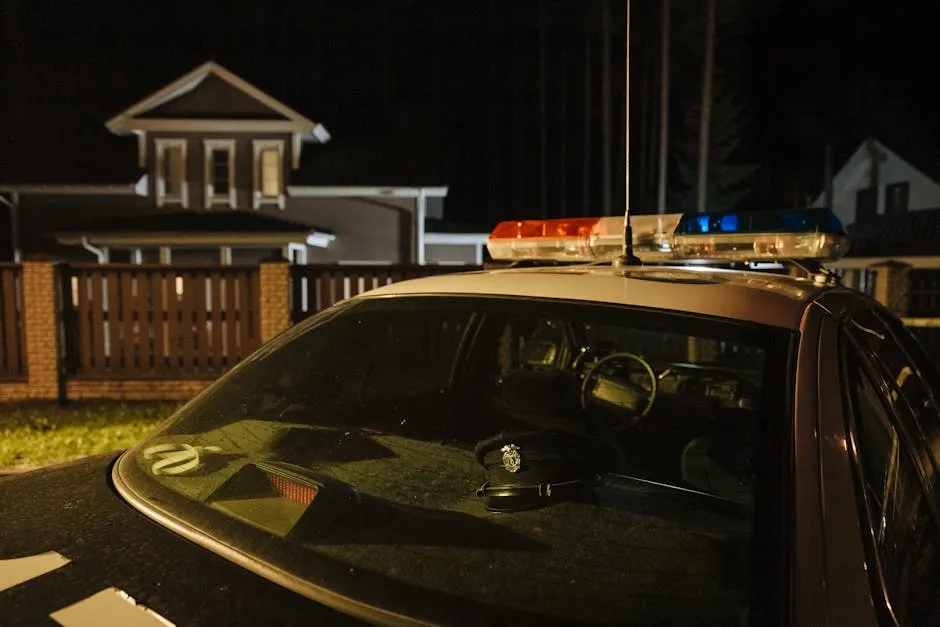
Safety Measures and Community Initiatives
Local Government Efforts
In Arlington, the city government takes safety seriously. They’ve rolled out several initiatives to boost community safety and reduce crime. One standout program is the neighborhood watch initiative. This program encourages residents to band together and keep an eye on each other’s homes. Think of it as a friendly neighborhood spy network—minus the trench coats!
In addition to neighborhood watches, Arlington has increased police presence in various neighborhoods. More officers on the streets create a visible deterrent to potential offenders. This initiative aims to foster a sense of security among residents. After all, who doesn’t feel safer knowing that the police are just around the corner?
Moreover, the Arlington Police Department has embraced technology. They utilize crime mapping tools to identify hotspots. By analyzing crime data, they can allocate resources effectively. This proactive approach helps ensure that officers are where they’re needed most.
The city also invests in community policing efforts, which emphasize building relationships between law enforcement and residents. Police officers engage with the community through events and programs. This engagement not only helps in crime prevention but also builds trust. And trust is the secret ingredient in any successful community!

Community Programs
Community-based programs play an essential role in Arlington’s crime reduction strategy. One such initiative is the Youth Outreach Program. This program aims to connect with at-risk youth, offering mentorship and resources. By providing positive role models and constructive activities, the program helps steer young people away from crime. After all, a little guidance can go a long way!
Another notable effort is the Community Safety Workshops. These workshops educate residents on crime prevention strategies. Topics range from home security tips to personal safety measures. Knowledge is power, and when residents are informed, they can take proactive steps to protect themselves and their neighborhoods. Speaking of home security, consider getting a Emergency Survival Kit to ensure you’re prepared for any unexpected events!
Additionally, Arlington has partnered with local organizations to promote community events. These gatherings foster a sense of belonging and camaraderie among residents. A strong community bond can deter crime, as neighbors look out for one another. Plus, who wouldn’t want to attend a block party or a neighborhood clean-up day?
In summary, Arlington’s commitment to safety shines through its government initiatives and community programs. By fostering collaboration between residents and law enforcement, the city is creating a safer environment for everyone. Together, they’re making strides toward reducing crime and enhancing community well-being.
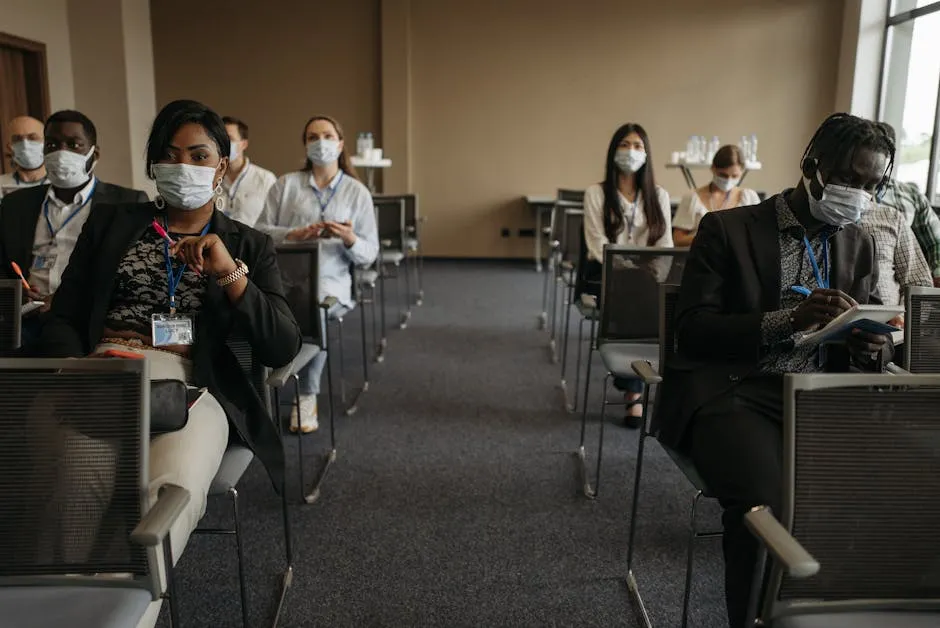
Conclusion
Arlington, TX, is navigating its way through the complexities of crime statistics. The city faces challenges, yet it also shows promising progress in community safety. Local government efforts, such as increased police presence and neighborhood watch programs, indicate a dedication to enhancing security. Community programs further bolster these efforts, providing vital resources and connections for residents.
For those considering a move to Arlington, understanding the crime landscape is essential. While crime exists, the city’s proactive measures can significantly mitigate risks. The commitment of both residents and local authorities plays a pivotal role in shaping a safer environment.
It’s crucial for residents to stay informed and engaged in community safety initiatives. Participation in local programs not only promotes personal safety but also strengthens the community as a whole. Be part of the solution! Together, we can work towards making Arlington a vibrant, safe place to live, work, and play.
Stay connected, stay informed, and let’s keep Arlington thriving! And if you’re looking for a way to enhance your home’s ambiance while ensuring safety, consider adding some Outdoor Security Lights to your property!
FAQs
What is the overall crime rate in Arlington, TX?
Arlington, TX, has a crime rate of 31 incidents per 1,000 residents. That means there’s a chance of about 1 in 32 that you could fall victim to a crime. The violent crime rate is around 5.78 per 1,000 residents, meaning your odds drop to 1 in 173. Property crime is higher at 25.44 per 1,000 residents, with a 1 in 39 chance. While these numbers may sound concerning, they are slightly better than the rates for many similar-sized cities across the nation.
How does Arlington compare to other Texas cities regarding crime?
When stacked against other Texas cities, Arlington’s crime rates are a mixed bag. For instance, the violent crime rate in Arlington is 5.78 per 1,000, higher than the Texas state average of 4.32. While property crime in Arlington sits at 25.44 per 1,000, the state average is 23.0. However, compared to cities like Houston and Dallas, Arlington fares relatively well, being safer than 14% of cities nationwide. So, while it has its challenges, Arlington is no crime capital.
What are the safest neighborhoods in Arlington?
If you’re looking for safer havens in Arlington, consider these neighborhoods known for their lower crime rates: • Viridian: A family-friendly community with great amenities. • Pantego: Noted for its suburban charm and community feel. • Dalworthington Gardens: A quiet area with a close-knit atmosphere. • Fossil Lake: A newer neighborhood with a reputation for safety. • La Frontera: Offers a blend of safety and accessibility. These neighborhoods provide a sense of security, making them appealing choices for families and individuals alike.
What should I do if I become a victim of crime in Arlington?
First, stay calm. If you’re in immediate danger, call 911. For non-emergencies, reach out to the Arlington Police Department at (817) 459-5700. Report the crime as soon as possible; the sooner, the better! Additionally, seek support from local victim advocacy groups. They can provide counseling and resources to help you navigate this tough time. Remember, you’re not alone in this, and help is available.
How can residents contribute to reducing crime in Arlington?
Community involvement is crucial in crime reduction efforts. Here are some ways to help: • Join or start a neighborhood watch group: This fosters community vigilance and cooperation. • Participate in local events: Engaging in community initiatives helps build relationships and trust among residents. • Report suspicious activities: Don’t hesitate to notify local law enforcement about anything unusual. • Promote safety awareness: Share tips on social media about home security and personal safety. • Volunteer: Get involved with community programs aimed at youth engagement or crime prevention. By working together, residents can create a safer environment for everyone. When community members unite, they turn into a formidable force against crime!
For a more detailed look at crime statistics in different regions, check out this comprehensive analysis of fremont crime statistics.
Please let us know what you think about our content by leaving a comment down below!
Thank you for reading till here 🙂
All images from Pexels

